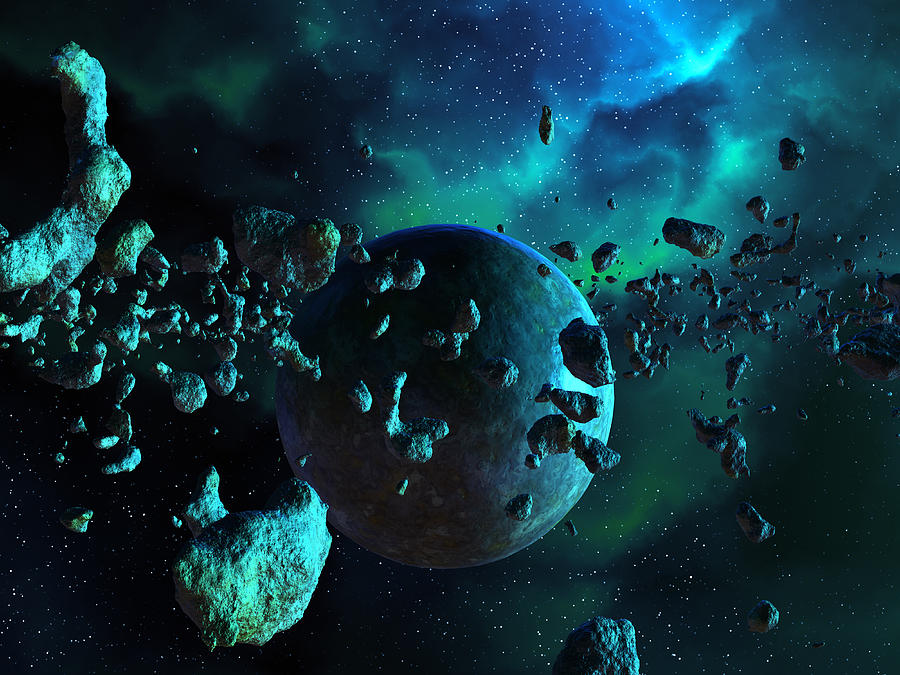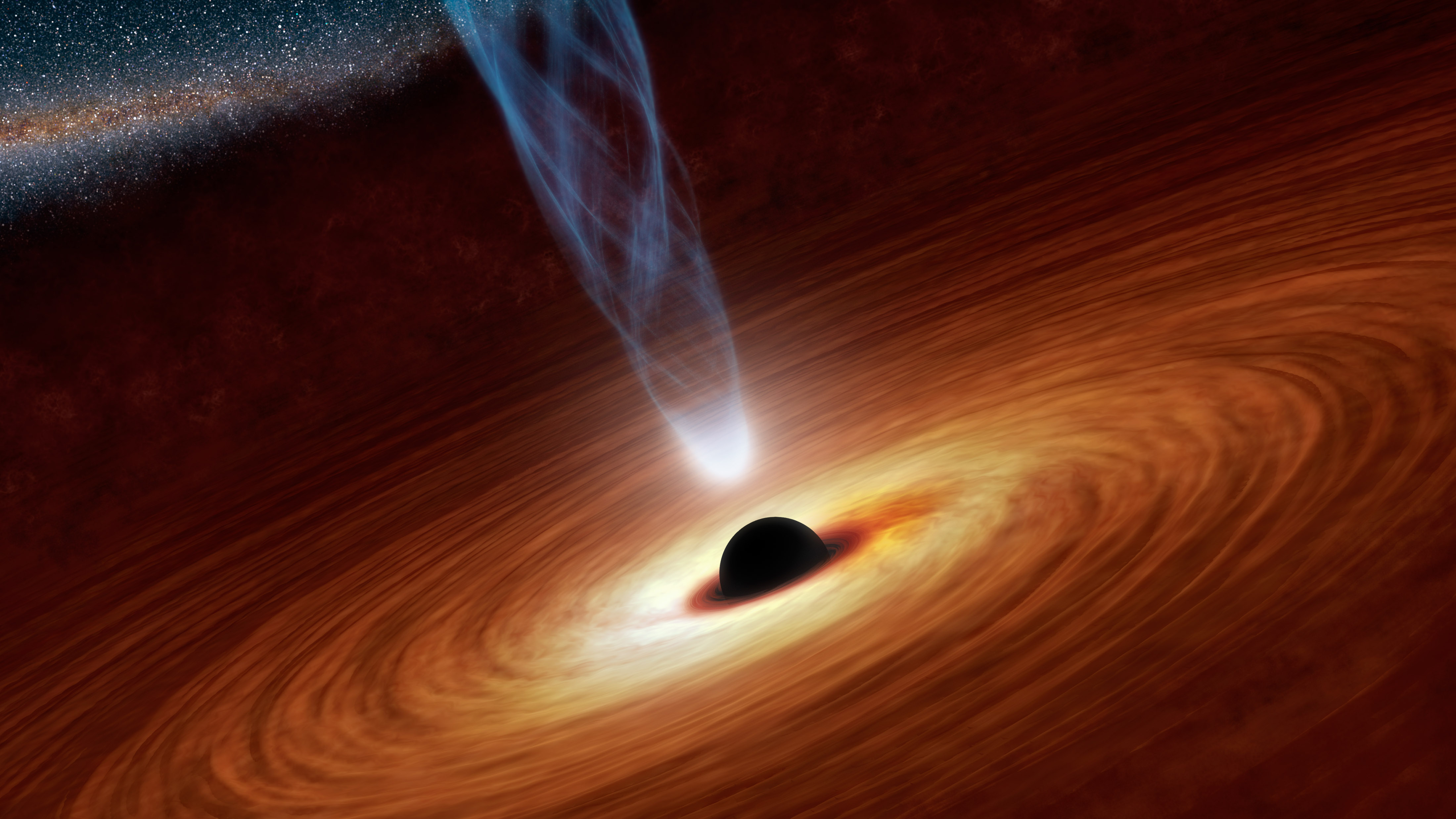Asteroids

Enormous, hulking bodies of rock that float in space. The thought that the next astronomic catastrophe could occur while you are reading this right now. However, before you start jumping out of your seat and start to cross off things from your bucket list, the chances of an asteroid impact occurring this instant are very slim. Most asteroids belong in a ring that is between Mars and Jupiter. This main belt hold more than 200 asteroids that are bigger than 60 miles long in diameter. A millions of smaller asteroids. Asteroids are not the only thing inside the belt. Comets and even dwarf planets like Ceres can be found in the asteroid belt. Almost all asteroids are irregularly shaped, but some like Ceres can be spherical. The surfaces of most asteroids are thought be covered with a layer of dust. Since, asteroids are far away from the Sun, the average temperature is minus 100 degrees Fahrenheit or minus 73 degrees Celsius. Asteroids have stayed unchanged for the most part ever since the formation of our solar system, thus studying them could give scientists lots of information about the early stages of the solar system. Unlike planets, asteroids have a very weird rotation. As they orbit elliptically around the sun they sometimes tumble erratically. Sometimes, asteroids are so big they can have a small moon orbiting them! more than 150 asteroids have a companion moon or two. Two asteroids of the same size could have a binary asteroid system where these two asteroids orbit each other, even triple asteroid systems can be found!
The Origin of Asteroids and Naming Process

The very first asteroid was found in 1801, where Italian priest and astronomer Giuseppe Piazzi accidentally discovered the first and largest asteroid Ceres while making a star map. Today, Ceres is known as a dwarf planet but it accounts for one fourth of the entire mass of all the known asteroids in the main asteroid belt. The International Astronomical Union is not that strict when it comes to the naming of asteroids. There are some asteroids floating out there that are named after the famous Mr. Spock from "Star Trek" and Frank Zappa a rock musician. However, you cannot name an asteroid after a pet now. Asteroids can also be given numbers for names as well.
The Formation of Asteroids
So where did all of these asteroids come from? Well, asteroids are basically the leftovers of the formation of our solar system approximately 4.6 billion years ago. The formation of Jupiter prevented any large celestial bodies to form in between Mars and Jupiter thus causing the objects that were in between Mars and Jupiter to collide with each other. This is what we call the asteroids there today.
How are Asteroids classified?
Asteroids are classified by there composition. There are 3 different classifications.
The first is the C-type or the carbonaceous type. These asteroids are grayish in appearance and are the most common type of asteroid. They make up 75% of the known asteroids! These asteroids are located on the outer regions of the main asteroid belt. They also are composed of clay and stony silicate rocks.
The second type of asteroid is the S-type, also known as silicaceous asteroids. These asteroids appear greenish and reddish in color. They make up approximately 17% of the known asteroids. They can be found in the inner asteroid belt. You can probably guess by the name what they are made of. They are composed of silicate materials, nickel, and iron.
The last type of asteroid is the M-type or metallic asteroids. These appear only reddish in color and are in the middle of the main asteroid belt. They are mostly composed of nickle and iron. These asteroids make up most of the rest of the known asteroids out there.
Although, these are the official types of asteroids out there, there are a few rare asteroids tat can be found. An example, would be a V-type asteroid that has a basaltic, volcanic crust.
The Consequences
What exactly would happen if one of these things collided with our home that we call Earth? Well, to give you an idea, all it takes is an asteroid to be a quarter mile wide to have a major impact on the world. You might not know this but, asteroids have struck Earth more frequently in the past. Smaller asteroids are predicted to strike Earth every 1,000 to 10,000 years, even these could destroy a city or cause a major tsunami. On Feb. 15, 2003 an asteroid struck Earth's atmosphere over the Russian city of Chelyabinsk, and created a shock wave that injured 1,200 people. The asteroid was thought to be only 65 feet or 20 meters wide! Many asteroids have been classified as potentially dangerous and NASA keeps track of some asteroids that they think are traveling a little to close to Earth for their taste. In fact, in 2005 Congress ordered NASA to locate all near-Earth objects 140 meters or larger that are less than 1.3 astronomical units from the sun (around the orbit of Mars). However, NASA said that a search like that would cost about 1 billion dollars, and NASA had its hands full with other projects. If you are probably wondering, if asteroids supposedly hit the Earth so frequently why are there so little craters. That is because 71% of the Earth's surface is covered in water my dear friend. A geophysicist named Dallas Abbott found several enormous asteroid craters underwater that, if it were to hit land, I would not be writing this, if you catch my drift.
Rumors

It is believed by scientists that there is existence of the Oort Cloud. A large area that is thought to contain trillions of comets and asteroids. This Oort Cloud is somewhere out there orbiting the sun as well. But, because the solar system moves within the Milky Way, the suns gravitational pull varies from time to time. This could cause asteroids and comets alike to shake out of their regular orbit and travel towards the inner planets. At the beginning of the 1980s scientist start to regularly check and search for nearby asteroids. The numbers that they find are continually increasing over the years.
In 1980, 86 asteroids and comets were known.. In 1990, there were 170. By 2000, there was 921. Right now it is hard to tell, but there are 13,799 that are known.











